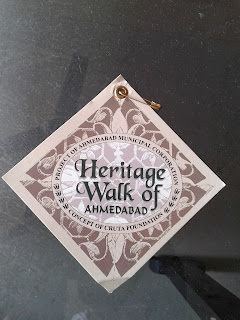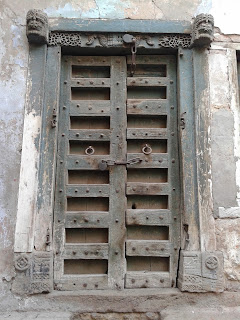'Creativity comes from the CONFLICT of ideas'
-Donatella Versace
Housed in the Gool Lodge, The Conflictorium is set to be a
participatory museum that addresses the theme of conflict in the Mirzapur area of Ahmedabad. It seeks to act as a
third space to create a dialogue through art.
Conflict is an inseparable part of an ideal life. Whether we
talk about the history – the time of Buddha, Mahavira, Akbar, Gandhi or talk
about the present – the current social, political issues - conflict is
everywhere. Conflictorium is an initiative to engage the society with a variety of conflict issues, by celebrating plurality and encouraging conflict
expression and avoidance in artistic and creative ways.
The different models depicting the above concepts are the
following :
Conflict Timeline:
A collection of historical rebels, riots, violence, revolutions - the news paper cuttings of the same which
reflects conflict in a way.
Empathy Alley :
The great Indian leaders – even in today’s world, the shadows
of their differences prevail and affect the people.
Moral Compass :
The Constitution of India – the best example of it.
Sorry Tree :
Aplogizing and forgiving are the most profound of human
behaviours, leading as a solution to the conflict. They have the capacity to
change the situation.
Memory Lab :
Memory Lab is a collection of personal experiences of conflict. You can make a small shape out of clay, place it inside a jar and write a caption on a chit. By collecting these master pieces, the plan is to develop a community art installation.
Perspectives :
No two people see and imagine in the same way. Everytime it gives a different angle, dimension and though seeing from each others’ position and point of view.
Gallery Of Disputes :
Conversation Quadrangle :
It is a small auditorium where every Saturday (5 pm) an
episode from the famous Indian series – “Bharat Ek Khoj” is screened.
The series has been created by Shyam Benegal, inspired from the well known book of Jawaharlal Nehru – “Discovery of India”. You get to see a rare combination of olden culture, dressing, architecture, monuments, people and the most important one – an interesting story.
We enjoyed the life story of the great emporer Ashoka, who afterwards left his kingdom and became a true follower of Buddha.
Truly, a place worth visiting !



































